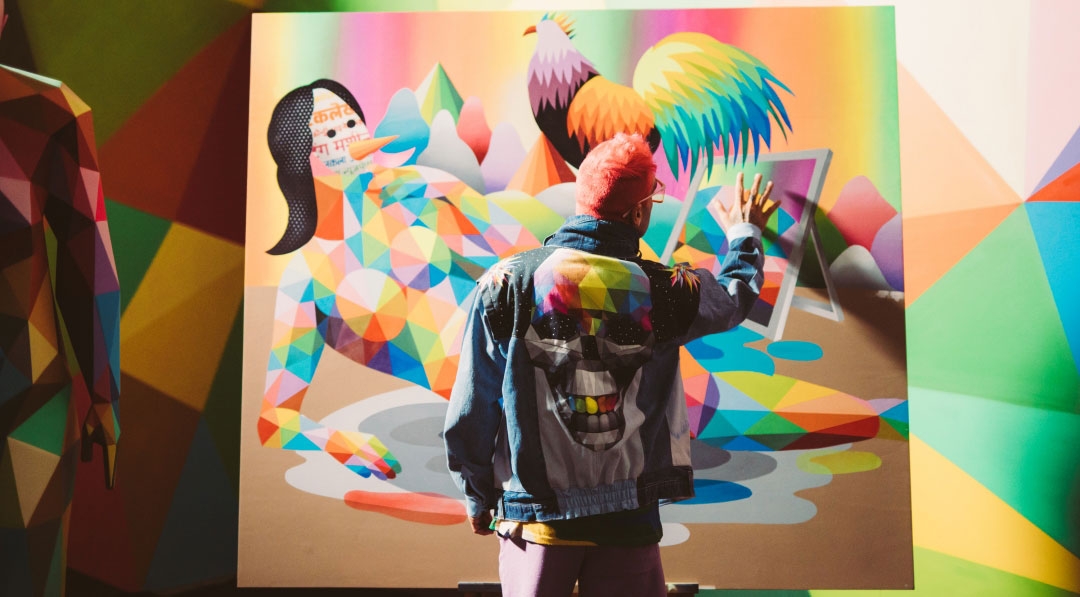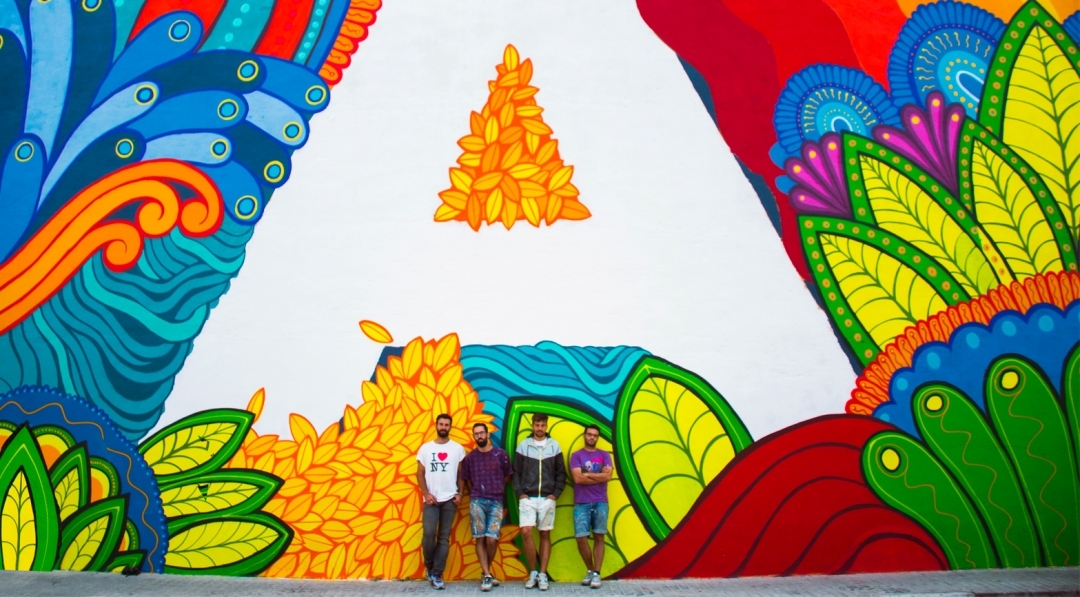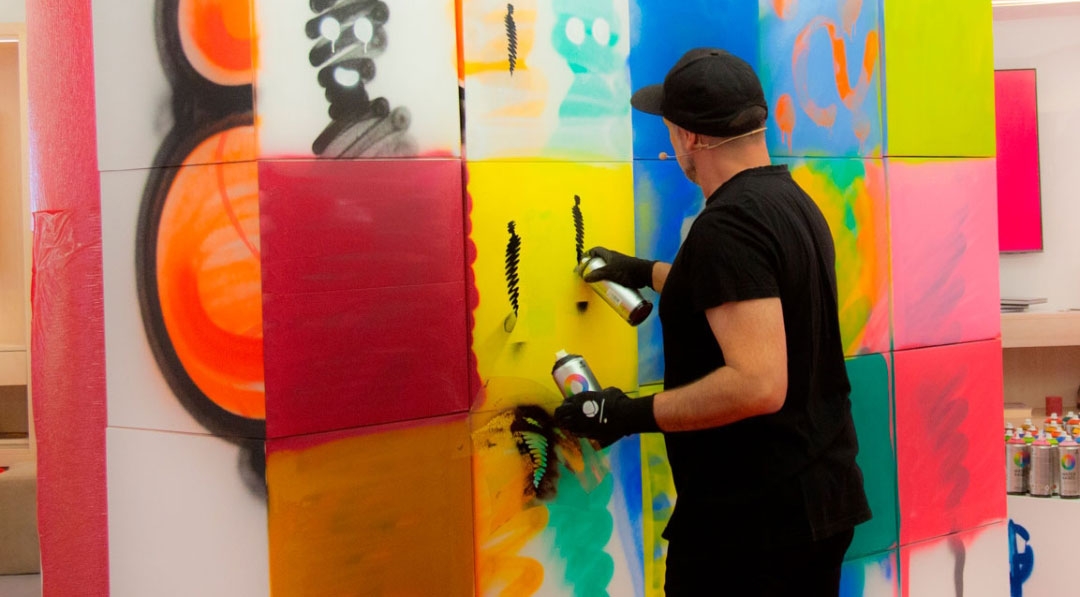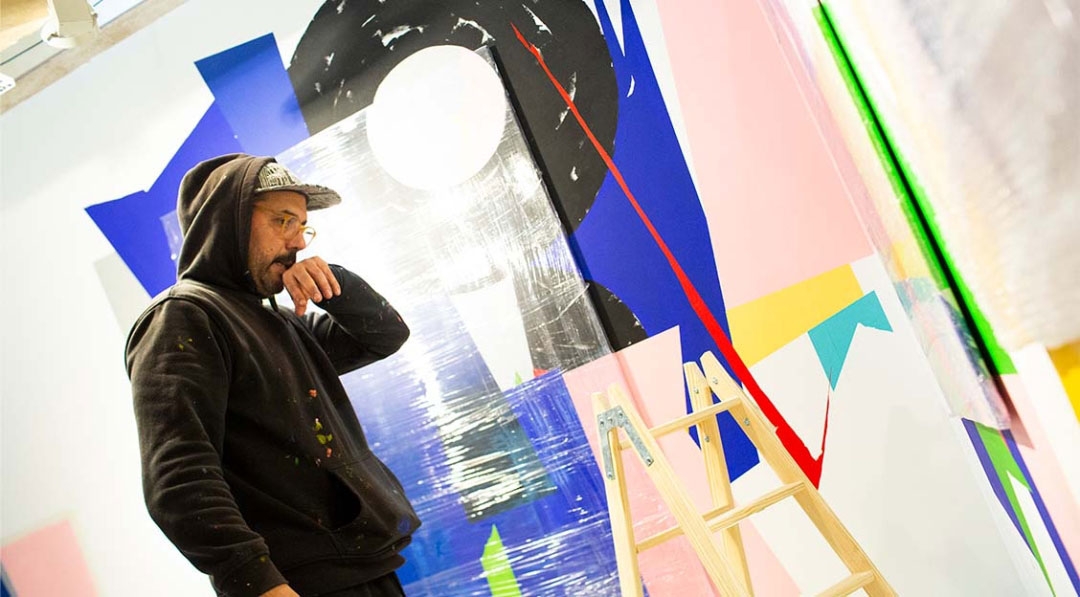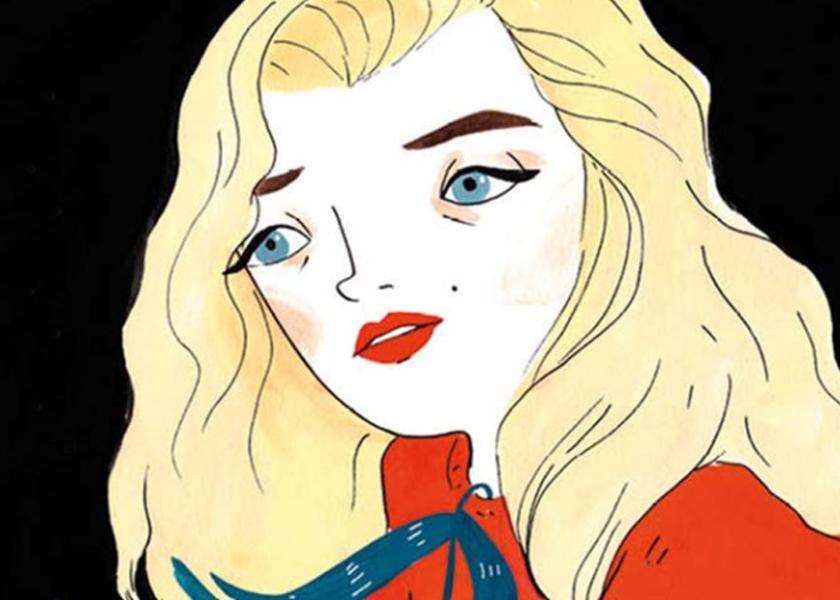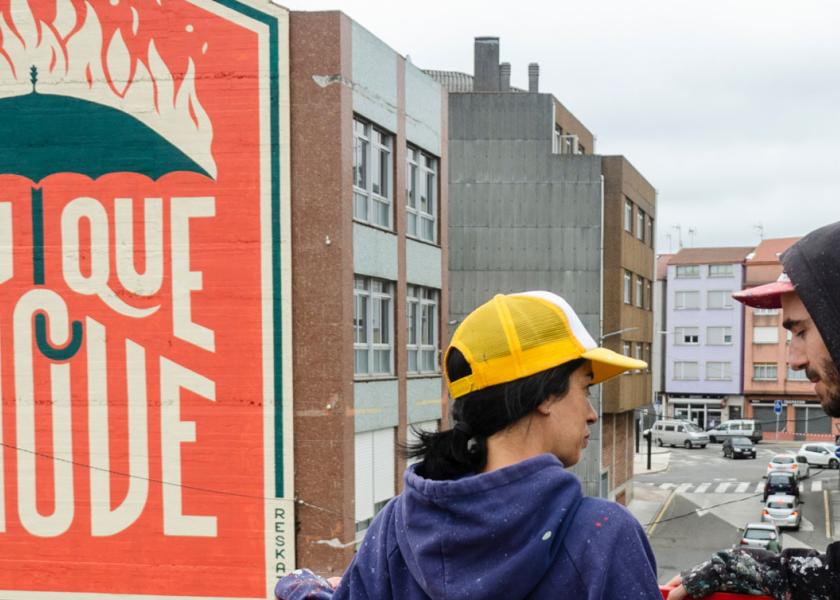Spanish urban artists
Culture, commitment and talent
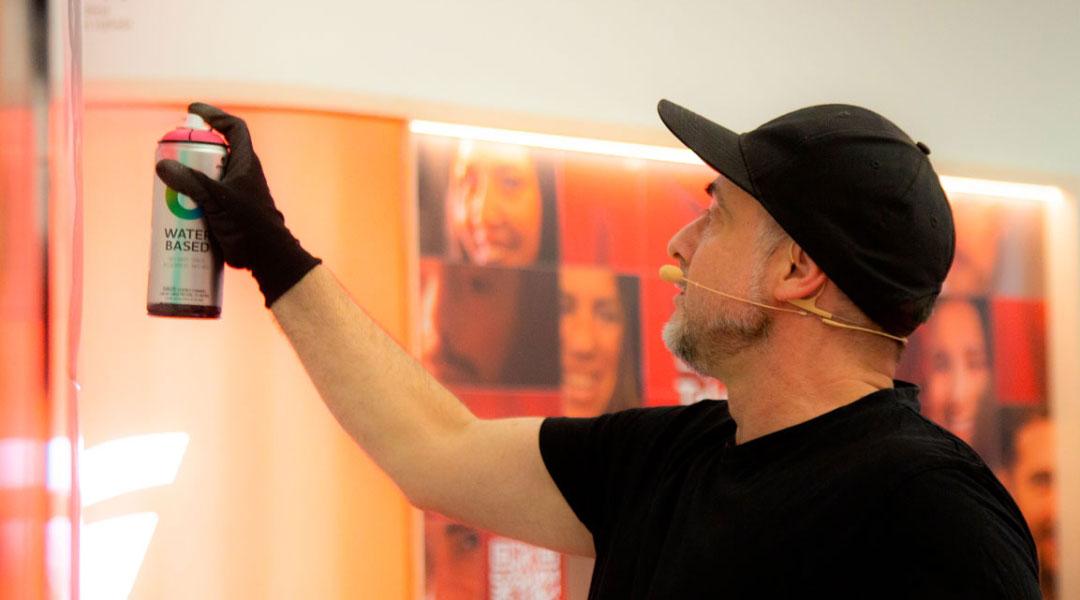
Spanish urban art is on the rise, receiving international recognition. From large murals that transform cities to more intimate interventions, creativity and social commitment go hand in hand in the pieces of artists whose talent conquers both public spaces and social media. Whether on walls in the street or on their Instagram profiles, keep an eye out for them!
Their work is not limited to creating eye-catching and recognisable aesthetics; their pieces invite us to question reality and to actively take part in the cultural life of the public space. Also, the fleeting nature of many of their interventions provides added value, turning each one into a unique testament of their time and context. These are some of the Spanish artists who are worth getting to know.
Okuda San Miguel
The revolution of colour
Fragmented figures, strong polychromy and existential symbolism are characteristic of the work of painter, sculptor and designer Óscar San Miguel (Santander, 1980), known as Okuda San Miguel, who started painting graffiti in the 1990s. Today, he has turned into one of the most well-renowned artists internationally. With his unmistakable style, he has transformed urban spaces around the world, from abandoned factories and train stations in Spain, to churches in the United States or Morocco.
His most iconic projects include the murals at Kaos Temple: the church in Santa Bárbara en Llanera (Asturias) that has been turned into a skate park. Last May, he opened the Endless Rainbow Walk in the West End of Sant Antoni, Ibiza, which has already become an icon of the island.
Aryz
XXL-format murals
While growing up near Barcelona, Octavi Arrizabalaga (Palo Alto, California, 1988), Aryz, started making graffiti during his adolescence and quickly evolved towards large-format murals, developing his own style blending street art with influences from classical and medieval paintings.
His murals, which can be found in cities throughout Europe, North America, Asia and Africa, stand out for their impressive scale, for their representation of human figures and animals, often with a surrealist flair, and for his omission of bright colours or explicit messages. At 14 metres high, his mural Crianza (2023), in the Santa Maria del Pi Basilica in Barcelona, is particularly significant and famous. His latest, Un dios Apolo desafiando el Paral·lel (January 2025), has been painted on the main facade of Sala Apolo in Barcelona.
PichiAVO
Reinventing mythology
Since its inception in 2007, this artistic duo made up of Antonio Sánchez (Valencia, 1977), Pichi, and Álvaro Hernández (Valencia, 1985), Avo, has been defining its own style called Urban Mythology: mythological figures and classical sculptures emerge among vibrant graffiti backgrounds and intense colours, all worked with impeccable technique.
They have intervened in cities around the world, including New York, Paris, Berlin, London, Miami or Barcelona, and taken part in international festivals like the North West Walls in Belgium or the Houston Bowery Wall in New York. In 2024, they presented their first book, Our Odyssey, an anthology celebrating their career and creative process.
Btoy
Stencil and female empowerment
Although, traditionally, the street art landscape has been dominated by male figures, there are also voices like that of Andrea Michaelsson (Barcelona, 1977), known as Btoy, sounding strong. A pioneer for her use of stencil in Barcelona and fight for feminist recognition in Spanish urban art, her international career is undeniable: she exhibits in galleries around the world and has even been invited by Banksy.
Her work features iconic women, often inspired by old photos from the 1920s to the 1950s, and has a strong social and political focus. Her most relevant interventions include projects in public spaces in Barcelona, Paris, Amsterdam, Lisbon, Warsaw, Djerba, Athens, Budapest, or Beirut. In Barcelona, she has left her mark in iconic places such as Nau Bostik and has taken part in collective exhibitions like B-LOCAL.
Boa Mistura
Socially committed art
This multidisciplinary group, born in Madrid in 2001 and made up of architects, engineers, publicists and graduates in Fine Arts, has turned the public space into its main canvas, betting on colour, typography and community participation as tools to revitalize neighbourhoods and create a collective identity. Boa Mistura, whose name means “good mix” in Portuguese (a tribute to the street art of Rio de Janeiro), reflects the diversity of approaches and styles that feature in their work, always focused on the dialogue between tradition and contemporaneity.
Collaborators of organizations like Fundación ONCE, Cruz Roja or Oxfam Intermón, they stand out for their interventions in the Spanish capital, like Madrid, te comería a versos (2014) and Versos al paso (2018), or the mural Orgullo, painted on the floor of one of the basketball courts in their home neighbourhood, Alameda de Osuna.
In December 2024 in Miami, they created RE-ACT, a fleeting and participatory mural that only preserved the fragments that collectors saved by purchasing their replica; the rest was eliminated during a live broadcast performance.
Pejac
Visual poetry
Trained in Fine Arts in Salamanca, Barcelona and Milán, Pejac (Santander, 1977) stands out for his ability to transform everyday spaces into poetic and thoughtful stages, using a minimalist, often monochromatic style with a strong optical illusion component and conceptual power.
His interventions, present in cities like New York, London, Moscow, Istanbul or Hong Kong, deal with social, political and environmental themes, defending dignity and hope in adverse contexts. Proof of this are his projects in prisons, hospitals or disadvantaged neighbourhoods.
Suso33
Language without borders
A pioneer in iconographic graffiti, post-graffiti, street art and live painting, Suso33 (Madrid, 1973) has spent decades experimenting with visual language and direct communication with the audience. His work, exhibited in museums and at international festivals, spans from urban interventions to performances, installations, video art and set design. His blend of painting, action and the performing arts blurs the lines between disciplines, defending the value of fleeting art and free speech.
Suso33 is one of the talented people featured in Iberia’s safety video and he has collaborated with the last two editions of Espacio Iberia Madrid.
Nuria Toll
The new voice of mural
With a degree in Fine Arts and a solid foundation in graphic design, Nuria Toll (Barcelona, 1993) has been able to develop her own style blending geometry, colour and minimalism, creating murals that stand out for their freshness, visual harmony and ability to converse with the urban environment.
This Catalan artist has taken part in projects and festivals both in Catalonia and other regions in Spain, collaborating with initiatives such as Wallspot, B-Murals or Festival Ús Barcelona. As well as her facet as a muralist, Toll works on illustration, graphic design and collaborative projects, which allows her to experiment with different media and formats. Her versatility and aesthetic sensibility have turned her into a role model for young people and on social media, where she shares her creative process and reflections on art and the city.
The list of artists is long, but we can’t end this article without mentioning others such as Escif (Valencia, ?), often compared to Banksy for his conceptual approach and anonymity —thus the question about his date of birth—, who covers themes like worker exploitation, collective memory, politics or social movements; Elisa Capdevilla (Barcelona, 1994), whose murals explore themes like intimacy, personal relationships, childhood or everyday life through strong and emotional narratives; Liqen (Vigo, 1980), whose work combines biology, fantasy and criticism; Borondo (Valladolid, 1989), who stands out for his constant experimentation with unconventional techniques and media; Rosh:. (Alicante, 1977), who makes abstract and organic art using different shapes, colours and textures; or Reskate Studio from Barcelona, whose particular aesthetics, influenced by classic posters and graphic design is at the service of a social message and collective memory. They all share the same mantra: culture, commitment and art.
